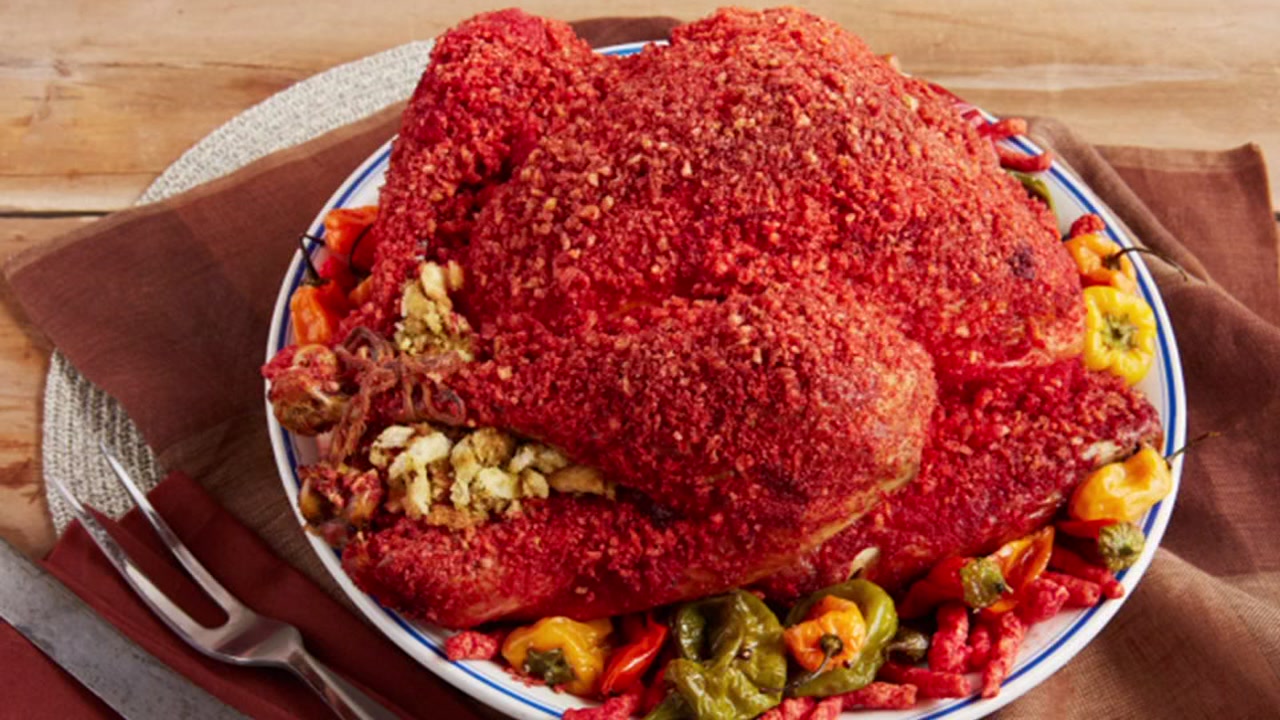
To keep foodborne illness from becoming an uninvited holiday guest, the state Department of Agriculture and Consumer Services Division of Food Safety offers food safety tips for holiday meals to prevent common causes of foodborne illness.
Amid the conversations, the reunions and the hugs, danger can be lurking, says state Agriculture Commissioner Nikki Fried.
“The holiday season is a time for Floridians to gather with their loved ones,” said Fried, who is also running for Governor. “Since many of these celebrations involve cooking, it’s important to follow these simple food safety tips to help reduce the risk of some of the most common causes of foodborne illnesses.”
To keep from being one of those 48 million people the Centers for Disease Control estimates experience foodborne illness every year:
— Soap it up: Besides the obvious need to wash hands after using the bathroom and handling food, it’s important to wash and sanitize all surfaces used for food preparation. Raw meat and poultry need special attention.
— De-ice right: Leaving the bird out on the kitchen counter, in hot water, or at room temperature is not the ideal way to thaw it. The safest way to thaw the turkey is in the refrigerator since this allows slow, safe thawing. Allow about 24 hours for every five pounds of turkey. Once thawed, it can remain safe in the fridge for one to two days.
— Avoid cross-contamination: Keep raw meat, seafood, and poultry separate and sanitize any surface that has touched raw meat before putting another kind of food there. A two-step process is recommended to ensure no germs get to the table. First, rub down surfaces — including the sink, cutting boards, and countertops — with soap and hot water, and second sanitize surfaces with a cleaning solution to remove any invisible residual germs.
Washing the turkey is not recommended, but if it’s done, make sure the sink is sanitized immediately afterward.
—Take its temperature: A whole turkey is completely cooked when it reaches a minimum internal temperature of 165 degrees Fahrenheit. Don’t go by the pop-up thermometer alone. Check with a food thermometer in three places to ensure it’s ready. The thickest part of the wing, the innermost part of the wing, and the innermost part of the thigh are the key parts to check. All previously cooked side dishes should be reheated to 165 degrees Fahrenheit as measured by a food thermometer as well.
— Don’t let it linger: The conversation might be great but having food sit around at room temperature for more than two hours is an invitation for germs to come and party. Refrigerate all cooked and perishable foods within two hours after cooking to ensure food stays safe to eat through the weekend.
— Store and reheat right: Store leftovers in small, shallow containers in the refrigerator for no more than four days after the big event. Shallow containers help cool leftovers more quickly than storing them in large containers. Reheat leftovers to an internal temperature of 165 degrees Fahrenheit. Check the internal temperature of the food in several places with a food thermometer after allowing a resting time.




One comment
Nikki's Notes
December 24, 2021 at 8:38 am
Keep your weed fresh and potent by storing excessive quantities inside airtight ziplock bags in the freezer.
Comments are closed.